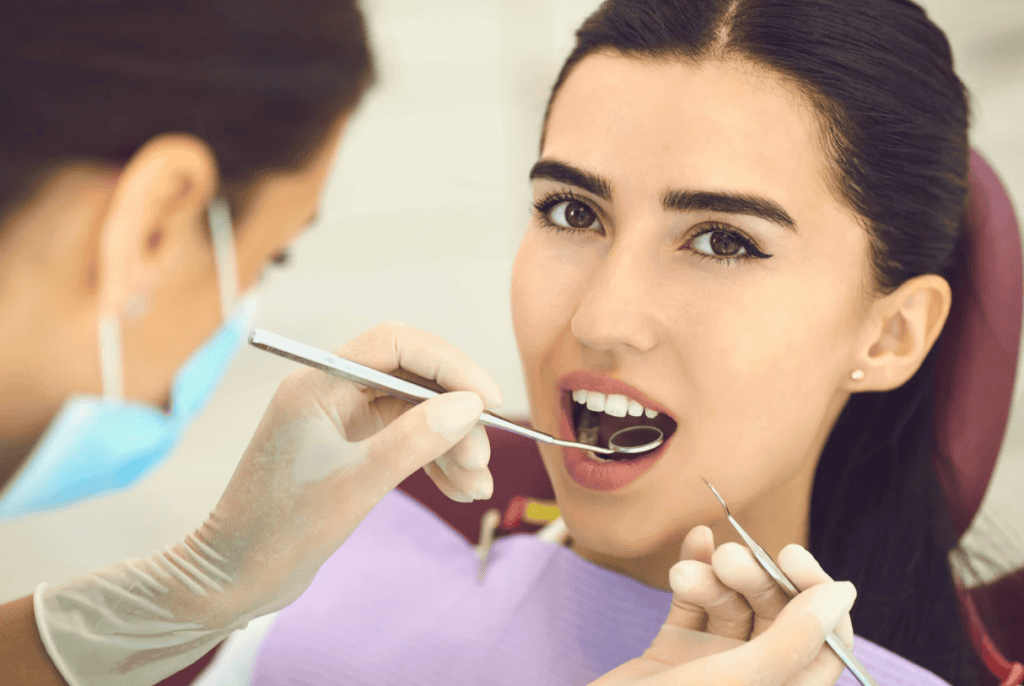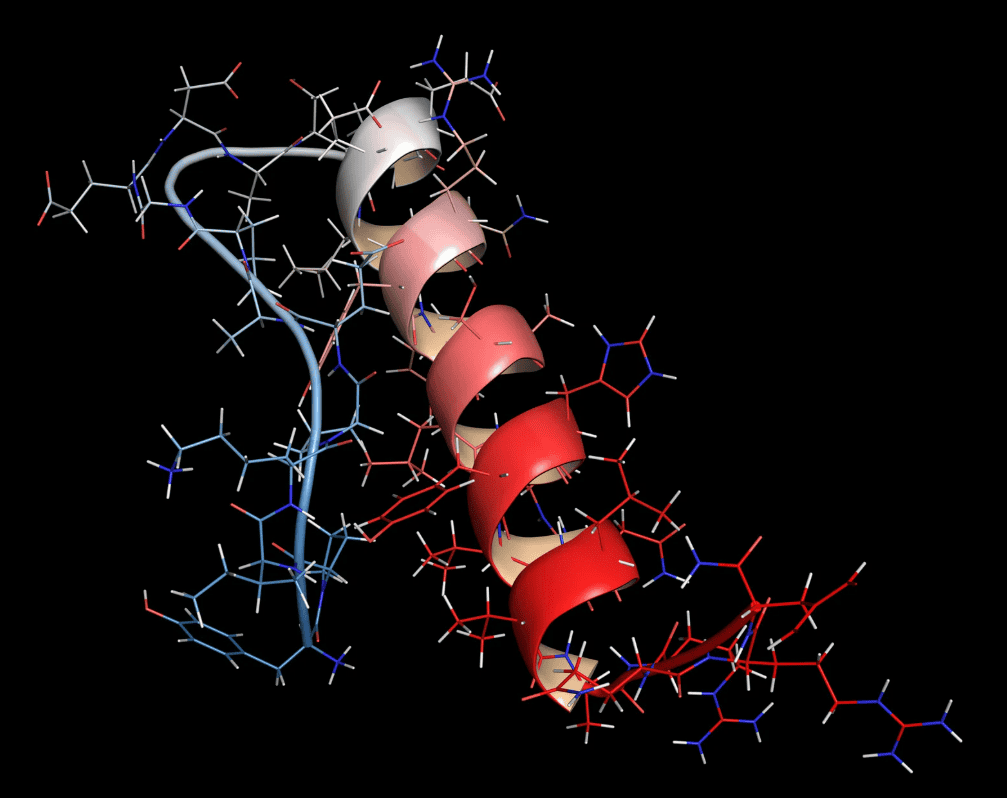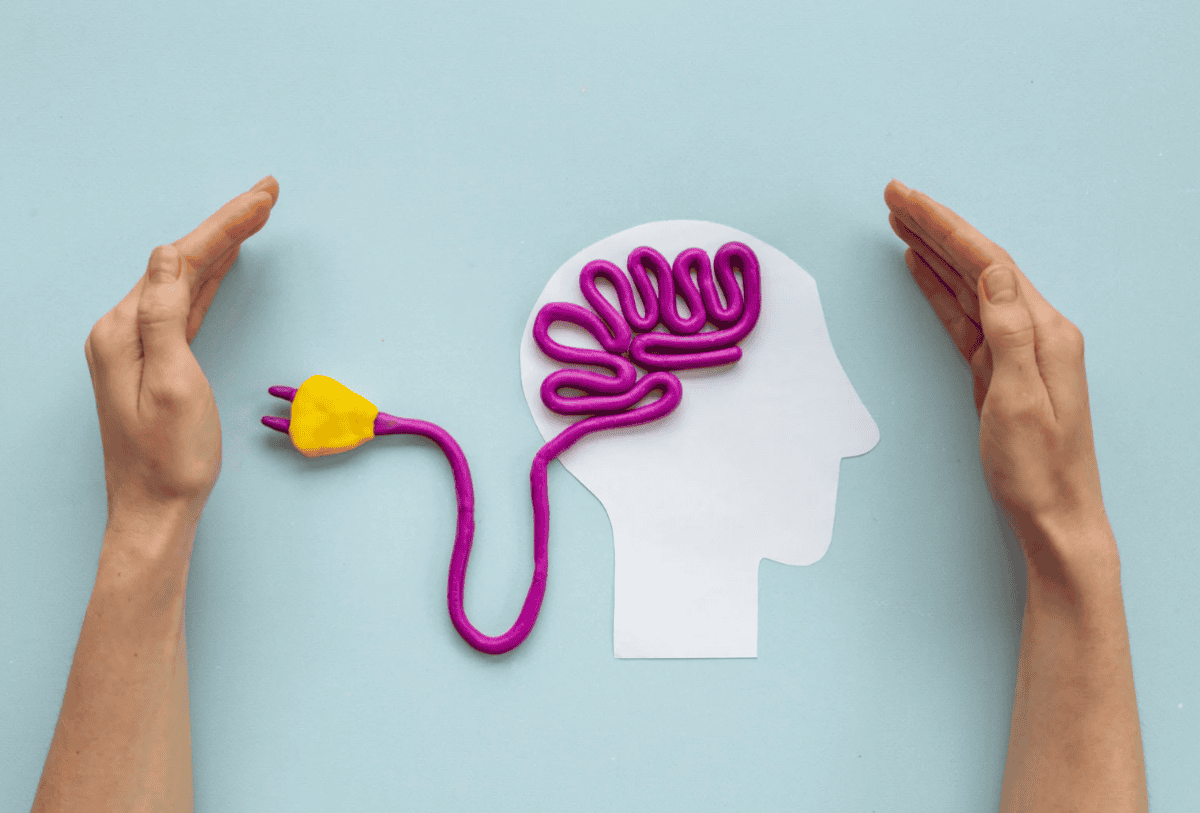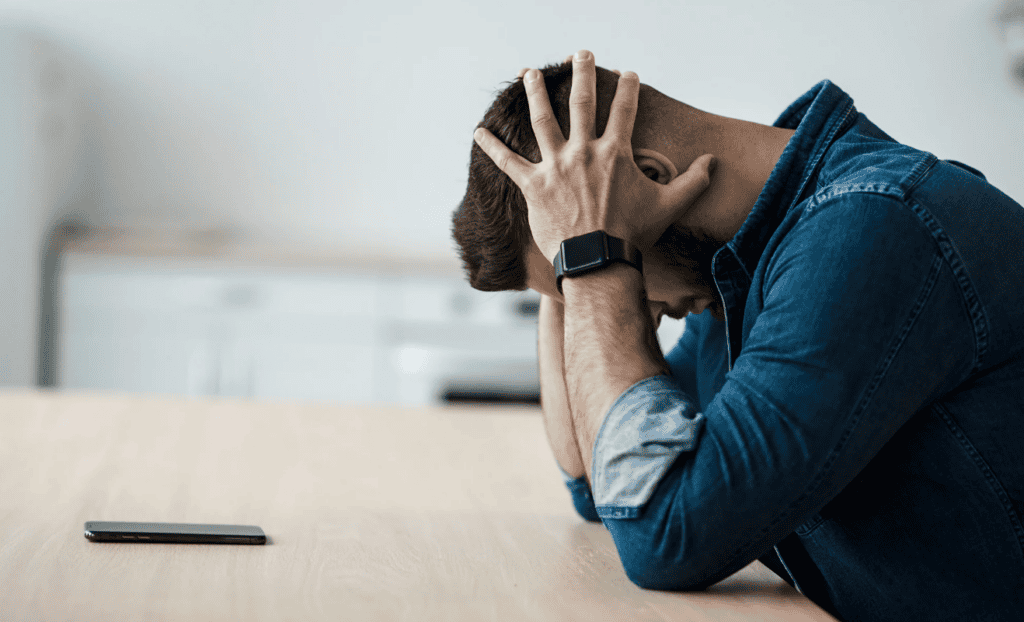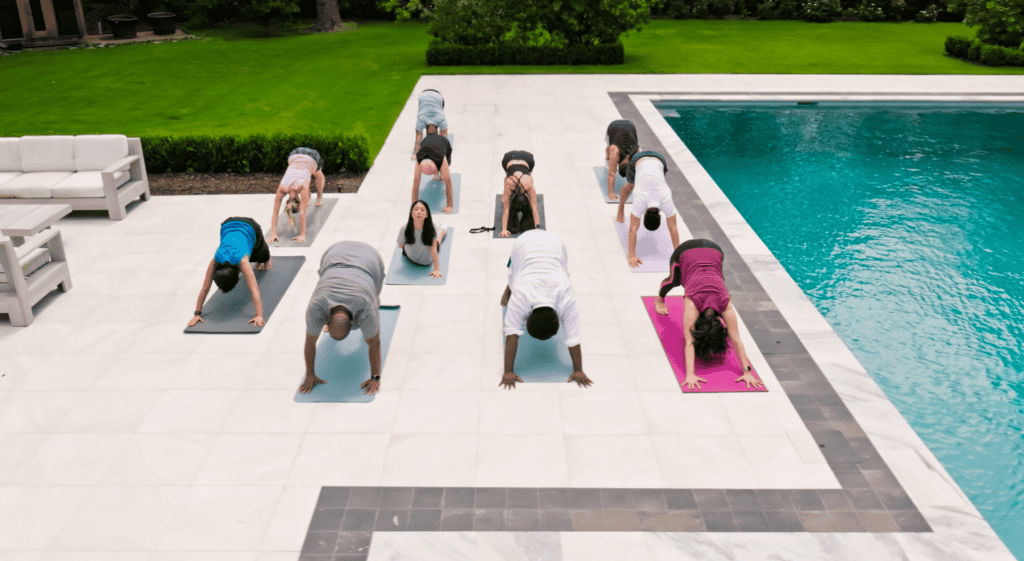Senior recovery at home is a journey that requires a thoughtful approach and careful planning to ensure a safe and comfortable environment. Family members and caregivers must consider a variety of factors, from home health care to technological support, in order to cater to the unique needs of seniors.
Modifications to living spaces, access to essential services, and the integration of community resources are all crucial aspects of home recovery.
In this article, we explore the key resources and strategies that can facilitate the rehabilitation of seniors in the familiar setting of their own homes.
Navigating Home Health Care Options for Senior Recovery
Choosing the right home health care services is a significant aspect of senior recovery. As seniors recuperate at home, they might require different levels of medical and personal care.
It’s important to assess the extent of their needs—be it dressing, bathing, or skilled nursing care—and find a provider that can tailor their services to these specific requirements.
The process of selecting a home health care provider should involve thorough vetting, including checking for proper licensure and reading reviews from other families.
Many providers offer a comprehensive range of services, including medication management and wound care, which can significantly enhance the recovery experience.
In some cases, the senior’s condition may necessitate specialized care, such as physical therapy at home services in the Long Island, NY areas. Such services can facilitate faster recovery by providing essential therapeutic exercises and guidance tailored to the senior’s health condition and mobility level.

Leveraging Technology for In-Home Senior Care and Monitoring
Technological advancements have significantly expanded the resources available for in-home senior care. Remote monitoring systems can help caregivers keep an eye on seniors, ensuring their safety and promptly addressing any emergencies that may arise.
Wearable devices offer health tracking capabilities, providing data on the senior’s vitals, sleep patterns, and physical activity. These devices can also alert caregivers in case of falls or unusual behavior, which is particularly beneficial for seniors living alone or those with conditions that warrant close monitoring.
Additionally, medication management technology can help seniors follow their treatment plans accurately, reducing the risk of medication errors.
Features such as medication reminders and automated dispensers ensure that seniors take the right doses at the right times.
Community and Government Resources for At-Home Senior Rehabilitation
Communities and government entities often provide a variety of resources aimed at supporting seniors during their home recovery. Services can range from transportation assistance to meal programs, which play an essential role in maintaining the senior’s health and well-being.
Local senior centers often offer programs that encourage social interaction, educational sessions on managing health conditions, and counseling services to help seniors navigate the emotional challenges of recovery. Participation in these activities can also reduce feelings of isolation and foster a sense of community.
Additionally, numerous government programs offer financial support for seniors needing home health care and rehabilitation services. Researching options like Medicaid, Medicare, or the Older Americans Act can uncover valuable services that might be covered under these programs.
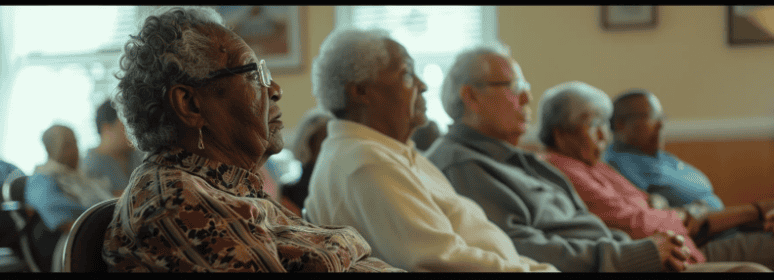
The Role of Nutrition and Physical Therapy in Senior Home Recovery
Nutrition plays a fundamental role in the recovery process for seniors. A well-balanced diet rich in essential nutrients can help accelerate healing, boost the immune system, and provide the energy needed for rehabilitation.
For seniors who may have difficulties preparing meals, exploring options like meal delivery services or grocery delivery near you can ensure they have access to nutritious food.
On the other hand, physical therapy is crucial in restoring mobility and strength. Licensed therapists can guide seniors through exercises tailored to their specific needs, helping them regain function and reduce the risk of future injuries.
These services can be instrumental in achieving a successful recovery, particularly for seniors who have suffered from falls or surgeries.
Furthermore, it’s important to regularly evaluate the effectiveness of nutrition plans and physical therapy regimens.
Adjustments may be necessary based on the senior’s progress, and ongoing communication with healthcare professionals is key to ensuring these programs remain aligned with the senior’s health goals.
Overall, the successful home recovery of seniors depends on a comprehensive approach that includes proper health care, environmental safety, and support through technology and community resources.
By focusing on these important factors, caregivers can create an optimal setting that promotes the health, safety, and comfort of seniors during their rehabilitation at home.




